Ethereum, Blockchain definition, Accounts !
Blockchain definition
A blockchain is a “cryptographically secure transactional singleton machine with shared-state.” That’s a mouthful, isn’t it? Let’s break it down.
“Cryptographically secure” means that the creation of digital currency is secured by complex mathematical algorithms that are obscenely hard to break. Think of a firewall of sorts. They make it nearly impossible to cheat the system (e.g. create fake transactions, erase transactions, etc.)
“Transactional singleton machine” means that there’s a single canonical instance of the machine responsible for all the transactions being created in the system. In other words, there’s a single global truth that everyone believes in.
“With shared-state” means that the state stored on this machine is shared and open to everyone.
Ethereum implements this blockchain paradigm..
-The Ethereum blockchain paradigm explained
The Ethereum blockchain is essentially a transaction-based state machine. In computer science, a state machine refers to something that will read a series of inputs and, based on those inputs, will transition to a new state.
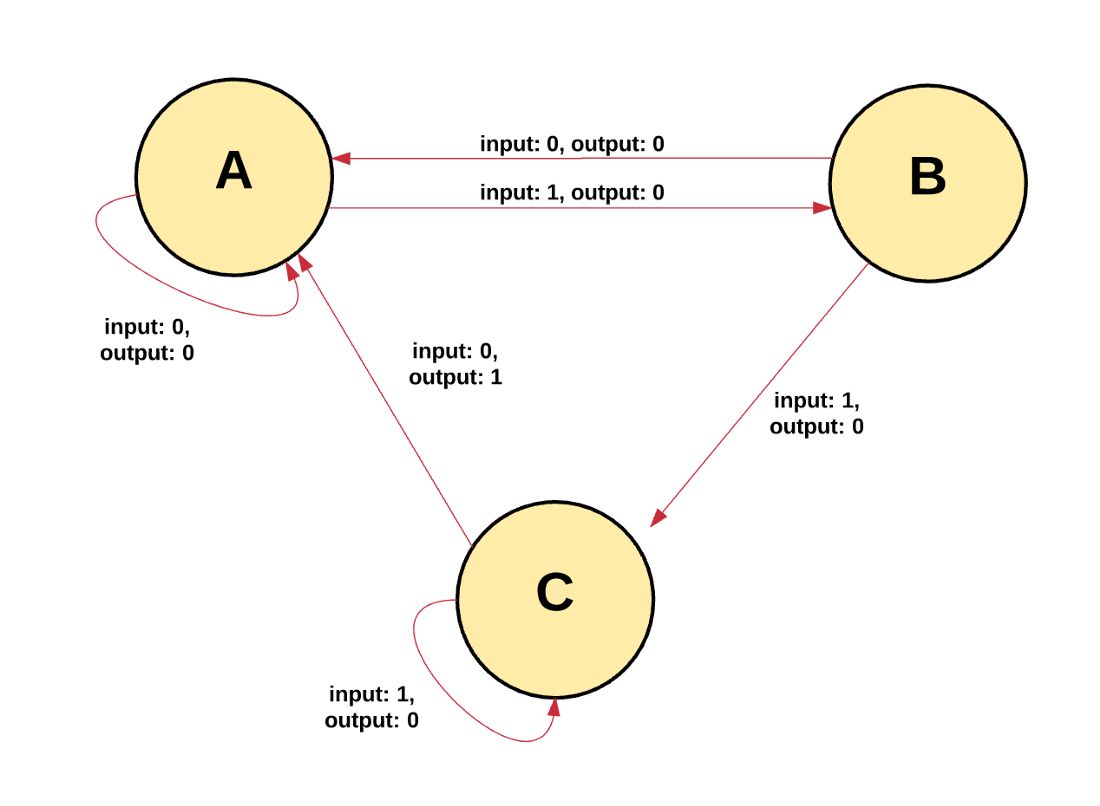
With Ethereum’s state machine, we begin with a “genesis state.” This is analogous to a blank slate, before any transactions have happened on the network. When transactions are executed, this genesis state transitions into some final state. At any point in time, this final state represents the current state of Ethereum.

The state of Ethereum has millions of transactions. These transactions are grouped into “blocks.” A block contains a series of transactions, and each block is chained together with its previous block.

To cause a transition from one state to the next, a transaction must be valid. For a transaction to be considered valid, it must go through a validation process known as mining. Mining is when a group of nodes (i.e. computers) expend their compute resources to create a block of valid transactions.
Any node on the network that declares itself as a miner can attempt to create and validate a block. Lots of miners from around the world try to create and validate blocks at the same time. Each miner provides a mathematical “proof” when submitting a block to the blockchain, and this proof acts as a guarantee: if the proof exists, the block must be valid.
For a block to be added to the main blockchain, the miner must prove it faster than any other competitor miner. The process of validating each block by having a miner provide a mathematical proof is known as a “proof of work.”
A miner who validates a new block is rewarded with a certain amount of value for doing this work. What is that value? The Ethereum blockchain uses an intrinsic digital token called “Ether.” Every time a miner proves a block, new Ether tokens are generated and awarded.
You might wonder: what guarantees that everyone sticks to one chain of blocks? How can we be sure that there doesn’t exist a subset of miners who will decide to create their own chain of blocks?
Earlier, we defined a blockchain as a transactional singleton machine with shared-state. Using this definition, we can understand the correct current state is a single global truth, which everyone must accept. Having multiple states (or chains) would ruin the whole system, because it would be impossible to agree on which state was the correct one. If the chains were to diverge, you might own 10 coins on one chain, 20 on another, and 40 on another. In this scenario, there would be no way to determine which chain was the most “valid.”
Whenever multiple paths are generated, a “fork” occurs. We typically want to avoid forks, because they disrupt the system and force people to choose which chain they “believe” in.
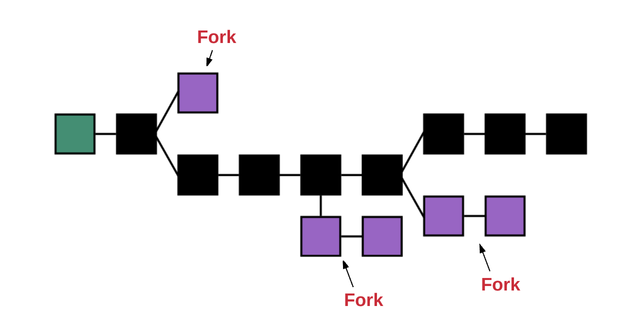
To determine which path is most valid and prevent multiple chains, Ethereum uses a mechanism called the “GHOST protocol.”
“GHOST” = “Greedy Heaviest Observed Subtree”
In simple terms, the GHOST protocol says we must pick the path that has had the most computation done upon it. One way to determine that path is to use the block number of the most recent block (the “leaf block”), which represents the total number of blocks in the current path (not counting the genesis block). The higher the block number, the longer the path and the greater the mining effort that must have gone into arriving at the leaf. Using this reasoning allows us to agree on the canonical version of the current state.

Now that you’ve gotten the 10,000-foot overview of what a blockchain is, let’s dive deeper into the main components that the Ethereum system is comprised of: accounts, state, gas and fees, transactions, blocks, transaction execution, mining, proof of work.
One note before getting started: whenever I say “hash” of X, I am referring to the KECCAK-256 hash, which Ethereum uses.
Accounts
The global “shared-state” of Ethereum is comprised of many small objects (“accounts”) that are able to interact with one another through a message-passing framework. Each account has a a state associated with it and a 20-byte address. An address in Ethereum is a 160-bit identifier that is used to identify any account.
There are two types of accounts:
Externally owned accounts, which are controlled by private keys and have no code associated with them.
Contract accounts, which are controlled by their contract code and have code associated with them.
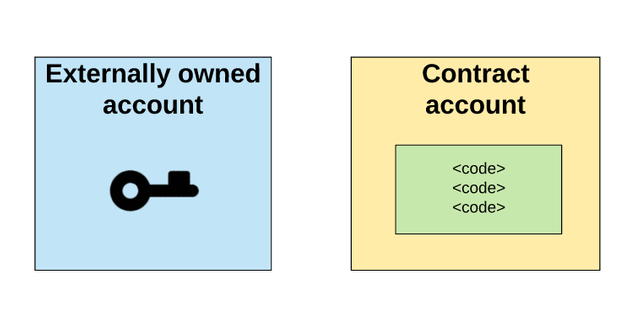
Externally owned accounts vs. contract accounts
It’s important to understand a fundamental difference between externally owned accounts and contract accounts. An externally owned account can send messages to other externally owned accounts OR to other contract accounts by creating and signing a transaction using its private key. A message between two externally owned accounts is simply a value transfer. But a message from an externally owned account to a contract account activates the contract account’s code, allowing it to perform various actions (e.g. transfer tokens, write to internal storage, mint new tokens, perform some calculation, create new contracts, etc.).
Unlike externally owned accounts, contract accounts can’t initiate new transactions on their own. Instead, contract accounts can only fire transactions in response to other transactions they have received (from an externally owned account or from another contract account). We’ll learn more about contract-to-contract calls in the “Transactions and Messages” section.
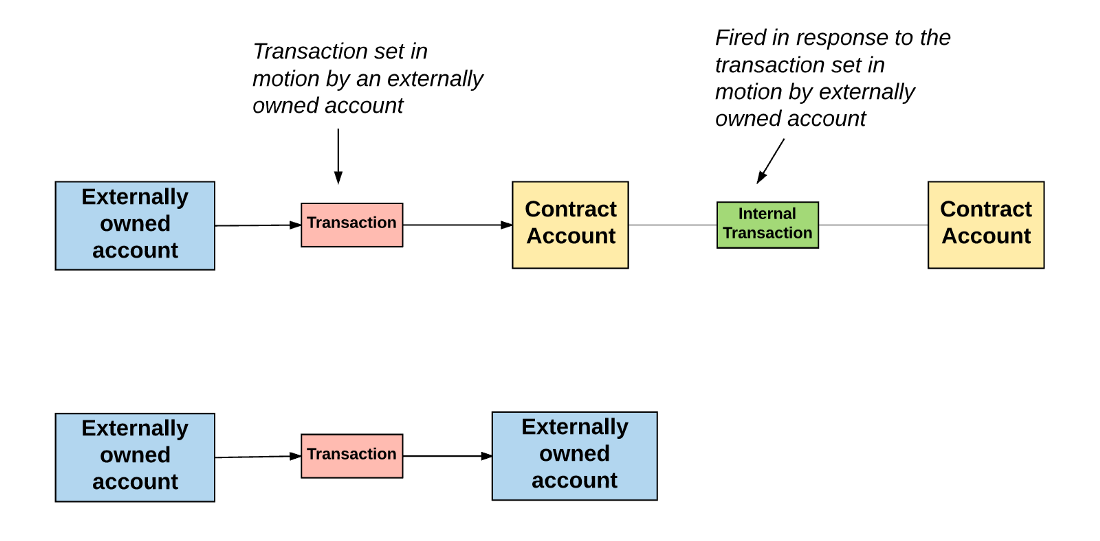
Therefore, any action that occurs on the Ethereum blockchain is always set in motion by transactions fired from externally controlled accounts.
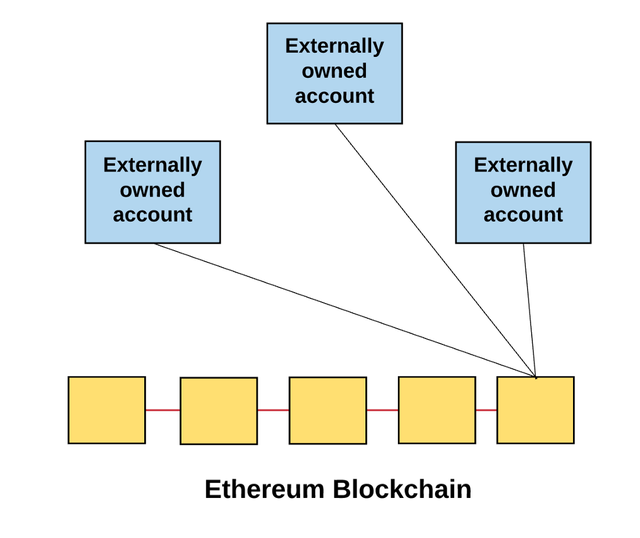
This is good for beginners to learn, good post. Following.